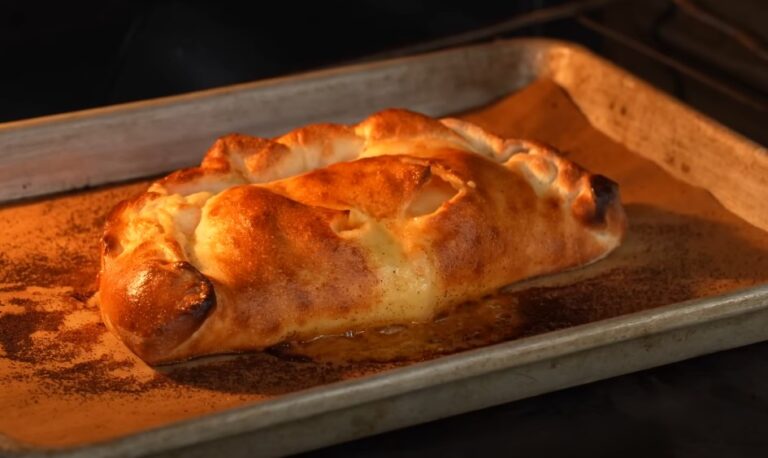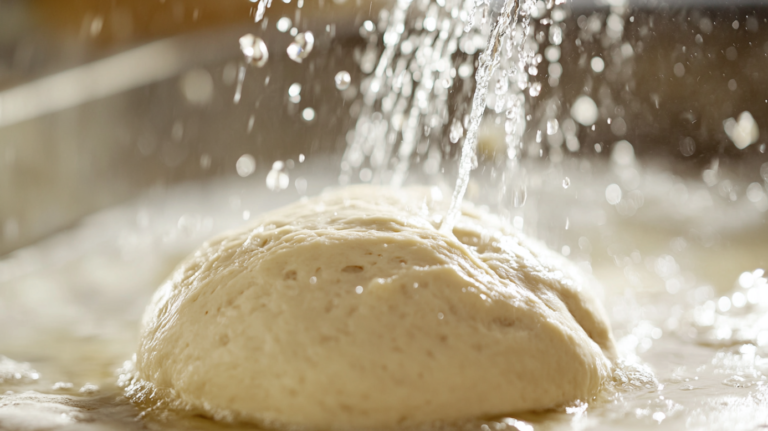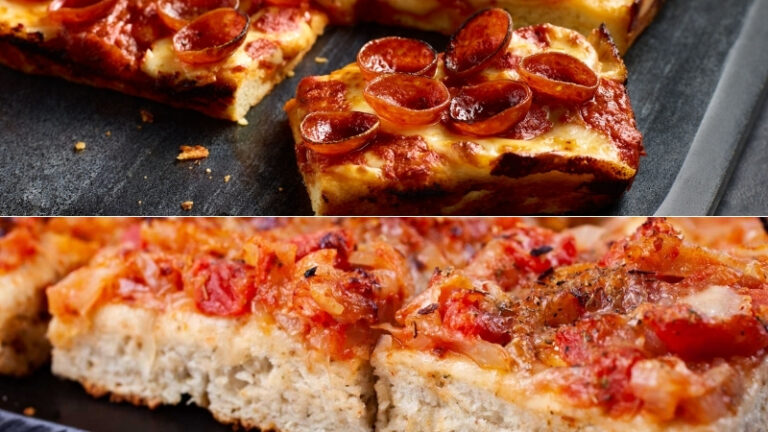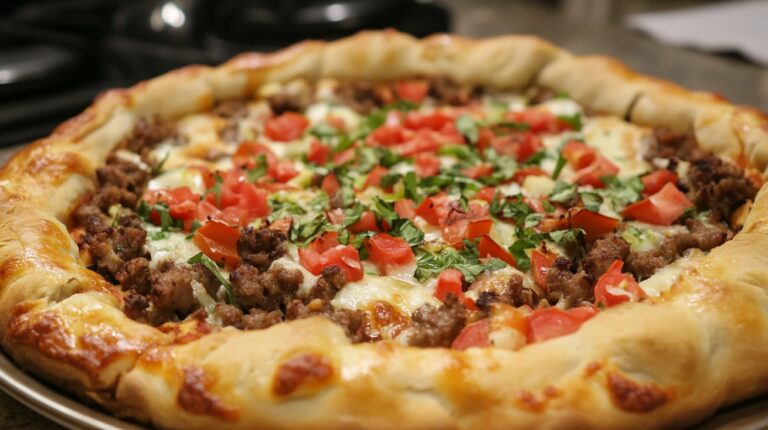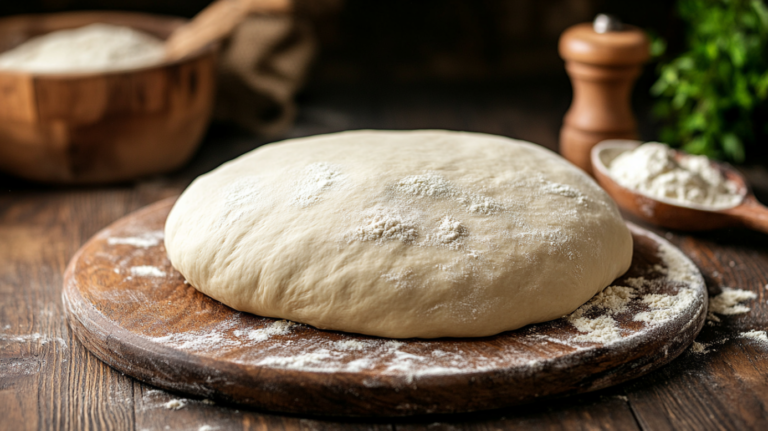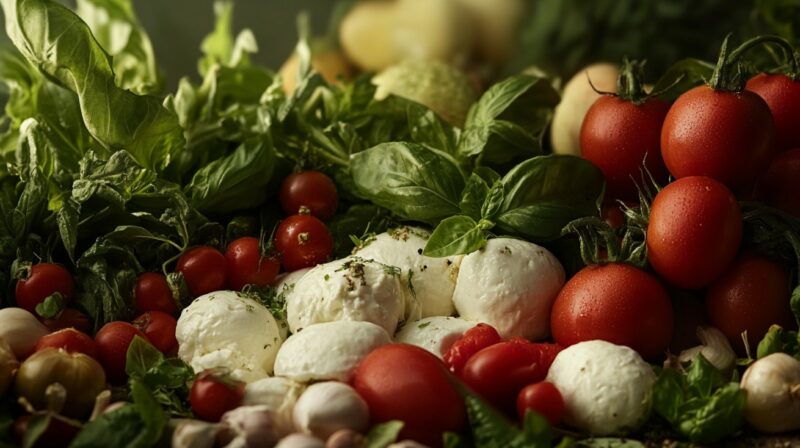Mozzarella cheese remains a staple in kitchens across the world. Its versatility and texture make it ideal for both everyday meals and restaurant-level dishes.
Fresh and low-moisture mozzarella serve different purposes, and choosing the right one often comes down to texture, flavor, and cooking technique.
A clear comparison helps elevate every dish with intention and precision.
| Feature | Fresh Mozzarella | Low-Moisture Mozzarella |
|---|---|---|
| Moisture Content | ~60%+ | 45–52% |
| Texture | Soft, creamy | Firm, dense |
| Shelf Life | 7 days | Weeks |
| Flavor | Mild, milky | Salty, tangy, aged notes |
| Meltability | Poor (watery) | Excellent (stretchy, dry) |
| Ideal Use | Fresh dishes, Neapolitan | Pizza, sandwiches, baked dishes |
| Storage | In water/brine | Refrigerated blocks or shreds |
Table of Contents
ToggleFresh Mozzarella
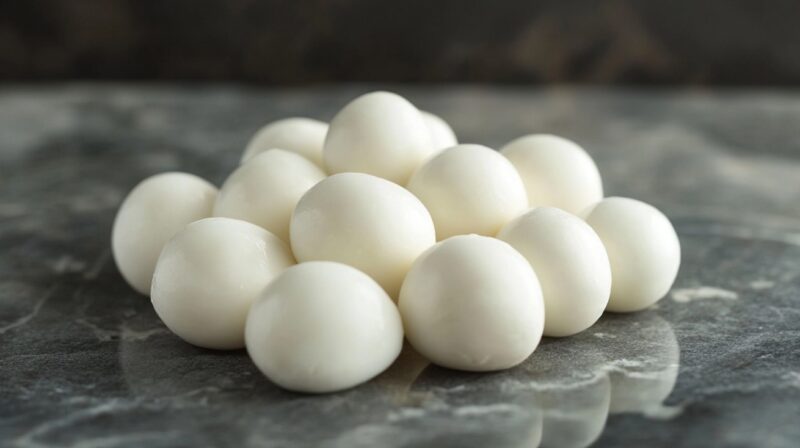
Fresh mozzarella is often chosen for its delicate presence on the plate and its ability to enhance dishes without dominating them.
Found in soft balls, logs, or medallions, it brings a milky freshness that elevates lighter fare. Best appreciated for its texture and clean flavor, it’s a favorite in dishes where simplicity and balance matter most.
Characteristics
Fresh mozzarella contains over 60% moisture, giving it a soft, almost pillow-like texture and bright white appearance.
Packaged in water, brine, or vacuum-sealed to preserve consistency, it needs refrigeration and prompt consumption, ideally within a week.
- Moisture content exceeds 60%, contributing to a tender feel
- Typically sold in balls, logs, or medallions
- Short shelf life: best used within 7 days of purchase
- Requires delicate slicing to avoid tearing or squashing
- Slicing it requires a gentle hand, and it often feels tender under slight pressure.
Flavor Profile
Mild and milky notes dominate the flavor. A creamy presence lingers on the palate, free of tang or sharpness. It complements other ingredients instead of overshadowing them.
- Offers clean, fresh dairy flavor
- Lacks saltiness or funk found in aged cheeses
- Works well with ingredients like basil, tomato, olive oil, and seasonal fruits
Each bite delivers a subtle creaminess that enhances herb-forward or fresh vegetable dishes.
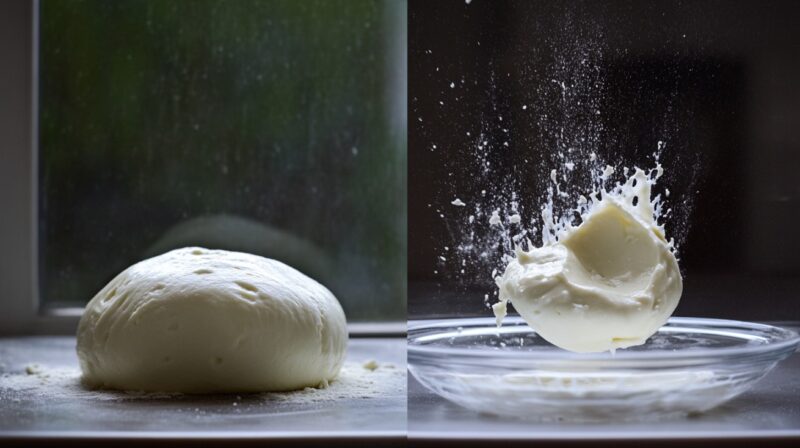
Culinary Applications
Best served cold or just slightly warmed, fresh mozzarella excels in preparations where moisture and softness matter.
- Excellent in Caprese salads or layered with ripe tomatoes and basil
- Suitable for Neapolitan-style pizzas baked quickly in high-temperature ovens
- Not recommended for longer bakes excess moisture can create fogginess
- Less ideal for sandwiches, lasagnas, or casseroles where melting control is important
Fresh mozzarella performs best when its structure is left intact and not exposed to extended heat.
Low-Moisture Mozzarella
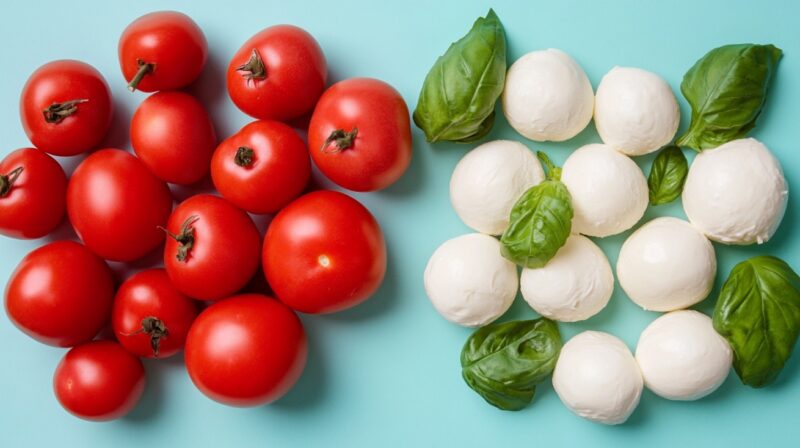
Low-moisture mozzarella is a staple in kitchens where consistency, meltability, and longevity are key. Unlike its fresh counterpart, it offers a firmer texture and stronger flavor, making it a go-to for classic cooked dishes.
Preferred by pizzerias and home cooks alike, it delivers performance that fresh mozzarella can’t always match—especially when heat is involved.
Characteristics
With a moisture content between 45–52%, low-moisture mozzarella feels denser and firmer to the touch. Texture remains tight and uniform. Compared to fresh versions, it’s noticeably saltier and stores longer.
- Moisture content: 45–52%
- Dense, uniform structure
- Firmer feel, less pliable than fresh
- More salt used in production
- Refrigerated shelf life: several weeks
Extended storage and easy transport make it a practical choice for restaurants and bulk buyers.
Flavor Profile
Salt-forward and slightly tangy, low-moisture mozzarella develops flavor as it ages. Some versions start to resemble mild cheddar or provolone due to bacterial activity and time.
- Saltier than fresh mozzarella
- Tangier flavor, especially when aged
- Aged versions may resemble provolone or cheddar
- Flavor holds up better in cooked dishes
Perfect when stronger cheese notes are desired without overpowering other ingredients.
Culinary Applications

Performs exceptionally well in heat-intensive dishes. Structure allows it to melt evenly, stretch beautifully, and brown without breaking down or pooling water.
- Stretches reliably on pizza
- Melts into even layers in lasagna
- Browns nicely on chicken parmesan
- Popular in styles like:
- New York slices
- Greek-style pizzas
- Bar pies
- Chicago deep-dish
Often preferred by chefs for its performance under broilers and in high-heat ovens.
Texture & Meltability
Whole milk versions outperform part-skim for mouthfeel and melt. Higher fat creates smoother texture and more appealing stretch.
Pre-shredded cheese often contains anti-caking agents like potato starch or cellulose, which affect melt quality.
- Whole milk: creamier melt, smoother pull
- Part-skim: drier, may feel rubbery when overheated
- Pre-shredded: convenience comes with trade-offs
- Coated with anti-caking agents
- Tends to brown faster
- Loses stretch and creaminess
- Best results come from whole milk blocks or logs
Choosing block form over pre-shredded boosts both flavor and performance. Shredding at home pays off in both texture and taste.
Choosing the Right Mozzarella
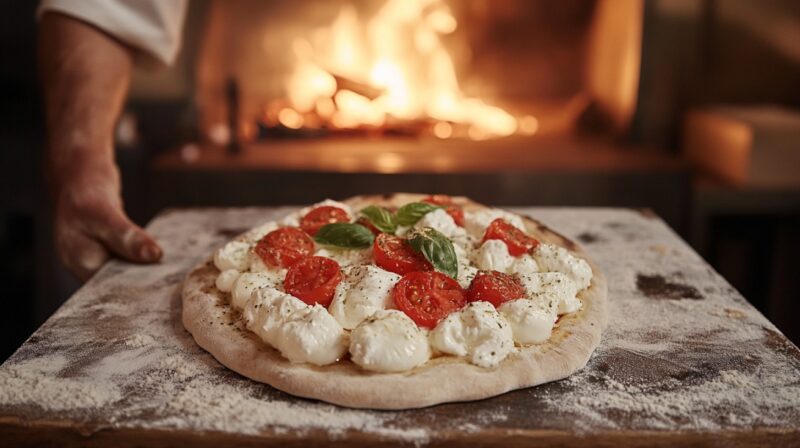
Selecting between fresh and low-moisture mozzarella comes down to how the cheese will be used. Certain textures, melt characteristics, and storage needs make one better suited than the other in specific cooking scenarios.
A simple tomato salad won’t benefit from a dry, aged cheese, just as a piping hot pizza would suffer under a puddle of watery fresh mozz.
Purpose dictates the right choice. Fresh mozzarella enhances cold dishes and fast, high-moisture applications like Neapolitan-style pizza baked at blistering temperatures.
Low-moisture mozzarella thrives in longer-cook recipes where even melt and browning are essential—think lasagna, baked ziti, New York-style pizza, or hearty sandwiches.
Tips for Shoppers
Look out for key differences that directly affect flavor, texture, and overall performance in the kitchen.
Choose whole milk varieties
Extra fat content boosts richness and meltability. Whole milk versions typically deliver a more satisfying texture and full-bodied flavor compared to part-skim.
Skip pre-shredded cheese if texture matters
Anti-caking agents in bagged shreds can cause graininess and interfere with smooth melting. Block cheese shredded by hand performs better in most hot dishes.
Don’t be fooled by “part-skim” labels
Reduced fat doesn’t mean meaningful health benefits in this case. Most part-skim mozzarellas trade away creaminess and flavor for negligible fat reduction.
Selecting wisely means better texture, stronger flavor payoff, and improved consistency across dishes. Recipes that rely heavily on meltability or fresh mouthfeel will benefit noticeably when cheese selection aligns with the cooking method.
The Bottom Line
Fresh mozzarella adds softness and subtlety. Low-moisture mozzarella delivers structure, flavor, and performance under heat.
Both types hold their value, but matching the cheese to the dish is essential. Smart choices in the kitchen always show up on the plate.

